When it comes to hormone health, the hormones that your body makes are only half the story. What the body eliminates—or doesn’t—is just as critical.
Endocrine-disrupting chemicals (EDCs) such as bisphenol A (BPA), phthalates, and heavy metals are silent saboteurs. They interfere with hormone production, hijack receptor sites, and impair detoxification pathways, leaving your patients feeling symptomatic, confused, and stuck.
From stubborn weight gain and heavy premenstrual syndrome (PMS) to infertility and adrenal dysfunction, toxicants can play a bigger role than many clinicians realize. This article explores how EDCs affect hormone signaling and clearance and how to identify them with functional lab testing. It also showcases how Vibrant Wellness Hormone Zoomer helps assess detox pathways alongside hormone levels to get your patients back on track.
Table of Contents
How EDCs Disrupt Hormone Health
EDCs are chemicals that mimic, block, or interfere with the body’s natural hormones. Here’s how they wreak havoc:
- Bind to hormone receptors and block normal signaling: Some EDCs, like xenoestrogens, structurally resemble natural hormones such as estrogen. They bind to estrogen receptors, either overstimulating them or blocking real hormones from binding. This can result in symptoms ranging from breast tenderness and mood swings to more serious risks like estrogen-sensitive cancers.
- Alter hormone synthesis, metabolism, or transport: EDCs can interfere at multiple points in the hormone production process. They may inhibit enzymes needed to synthesize hormones or disrupt the conversion of precursor hormones into active forms. Additionally, they can impair hormone transport proteins, leading to imbalances between free and bound hormone levels in circulation.

- Damage detoxification organs like the liver and gut: The liver and gut are central to hormone metabolism and clearance. Toxins can impair liver Phase I and Phase II detoxification pathways (like methylation and glucuronidation), leading to hormone recirculation and buildup. In the gut, dysbiosis or elevated beta-glucuronidase activity can cause conjugated estrogens to be reabsorbed rather than eliminated, contributing to estrogen dominance.
- Disrupt the hypothalamic-pituitary-gonadal (HPG) and hypothalamic-pituitary-adrenal (HPA) axes: These systems regulate reproductive and stress-related hormones. EDCs can disrupt feedback loops, leading to dysfunctions like anovulation, adrenal fatigue, or cortisol imbalances. Research shows that chronic exposure to EDCs like bisphenol A (BPA) and phthalates can interfere with the hypothalamic-pituitary-gonadal (HPG) axis, affecting the secretion of gonadotropin-releasing hormone (GnRH) and luteinizing hormone (LH), which are crucial for normal reproductive function.
These findings underscore the importance of considering environmental exposures in the assessment and management of reproductive health issues. Even small exposures can have cumulative effects over time.
Studies have shown that prenatal and adult exposure to EDCs is linked to reproductive issues, early puberty, thyroid dysfunction, metabolic disorders, and more.
Common Sources of Exposure

EDCs are everywhere. Your patients are exposed through:
- Plastics: Chemicals like BPA and phthalates leach from plastic containers, food wraps, water bottles, and even the linings of canned goods. When food or drinks are heated in plastic, or when plastic degrades over time, these chemicals can migrate into what your patients are consuming, leading to consistent low-level exposure.
- Personal care products: Many lotions, shampoos, cosmetics, and deodorants contain parabens, synthetic fragrances, and triclosan—all known EDCs. These compounds are absorbed through the skin and can accumulate in fatty tissue, disrupting hormone balance over time. The “fragrance” listed on ingredient labels often masks dozens of undisclosed chemical compounds.
- Pesticides and herbicides: Glyphosate and organochlorine pesticides used in conventional agriculture have hormone-disrupting effects. These residues can remain on fruits and vegetables, entering the body through ingestion. For patients not eating organic or properly washing produce, this can be a significant and daily exposure.
- Household products: Flame retardants in furniture and electronics, phthalates in air fresheners and vinyl flooring, and harsh cleaning agents all contribute to the toxic load. Inhalation and dermal absorption are primary routes of exposure in indoor environments, especially concerning for children and individuals with compromised detoxification.
- Water and air: Tap water can contain heavy metals like lead and arsenic, along with pharmaceutical residues and agricultural runoff. Industrial air pollutants contribute additional exposures, including dioxins and PCBs. These inhaled or ingested compounds can bioaccumulate and impair hormone regulation.
Symptoms That May Point to EDC Overload

Because EDCs interfere with hormone regulation, the symptoms are often mistaken for typical hormonal imbalances:
- PMS, painful periods, or irregular cycles
- Infertility or miscarriage
- Breast tenderness or fibrocystic breasts
- Fatigue, especially adrenal fatigue
- Mood swings, anxiety, or depression
- Weight gain, particularly around the abdomen
- Poor sleep or insomnia
- Low libido
These are often the patients who have “tried everything” yet continue to feel off. Standard labs frequently miss the root cause because they don’t measure toxin load or hormone metabolites.
Why You Must Assess Toxin Burden First
Before you can fix a hormonal imbalance, you need to understand what’s disrupting it. That’s where the Vibrant Wellness Total Tox Burden panel comes in. This functional urine test assesses 87 different toxins: 
- 29 mycotoxins (from mold exposure)
- 20 heavy metals (like arsenic, lead, and mercury)
- 38 environmental chemicals (including BPA, parabens, phthalates, and more)
With this data, you can identify the toxic load that may be overwhelming your patient’s detox system, blocking hormone signaling, or impairing methylation. It’s the starting point to uncover hidden roadblocks to hormone recovery.

The Next Step: Understanding Hormone Metabolism
Once you know what toxicants are present, it’s time to assess how your patient is processing and clearing their hormones. The Hormone Zoomer from Vibrant Wellness is an advanced urinary hormone test that offers:
- 44 markers related to sex and adrenal hormone production, metabolism, and detoxification
- Insight into methylation and glucuronidation phases of estrogen clearance
- High-resolution data using LC-MS/MS and GC-MS/MS technologies for unmatched accuracy
This test helps you answer key questions:
- Is estrogen being metabolized down a protective pathway or a carcinogenic one?
- Is testosterone being excessively aromatized into estrogen?
- Are adrenal hormones like cortisol and DHEA in balance?
- Are detox pathways sluggish, leading to recirculation of active hormones?
Case Example: When the Gut, Toxins, and Hormones Collide
A 38-year-old woman presents with chronic fatigue, heavy periods, and weight gain resistant to diet and exercise. Her OB-GYN said her labs were "normal," but she knew something was off.
Total Tox Burden revealed high levels of phthalates and mercury. Her Hormone Zoomer showed elevated 4-OH estrogen metabolites (a red flag for DNA damage) and low methylation capacity. A Gut Zoomer panel uncovered dysbiosis and low beta-glucuronidase activity.
With this data, the patient's protocol included:
- A targeted detox plan to reduce toxin load (including sauna, binders, and liver support)
- Methylation support with B vitamins and choline
- Gut restoration to optimize hormone excretion
- Nutrient repletion guided by a Micronutrient Panel
Within 3 months, her cycle normalized, her energy rebounded, and she lost 12 pounds without changing her diet. The root causes weren’t "hormones" alone—they were toxins disrupting the system.
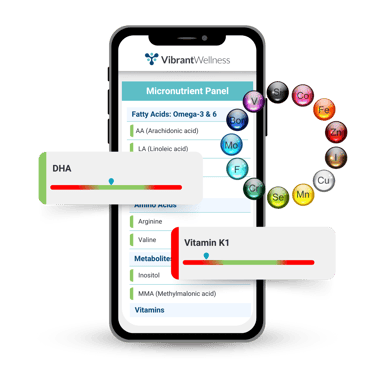

Practical Clinical Takeaways
- Don’t assume hormone symptoms are just hormone problems. Think upstream.
- Evaluate total toxic burden before you optimize hormone pathways.
- Use the Hormone Zoomer to assess downstream hormone metabolism, not just serum levels.
- Support methylation, liver detox, and gut health to ensure hormones are properly cleared.
Bringing It All Together in Practice
For clinicians who want to dig deeper and stop the guesswork, Vibrant Wellness testing is a game-changer. Use the Total Tox Burden to uncover hidden toxicants, and the Hormone Zoomer to see how they’re affecting hormone metabolism. Integrate these tools with clinical signs and patient history to create a bio-individualized plan that finally gets results.
Hormone healing starts with elimination. If you’re not evaluating what your patients are exposed to—and how they’re clearing it—you’re missing half the story.
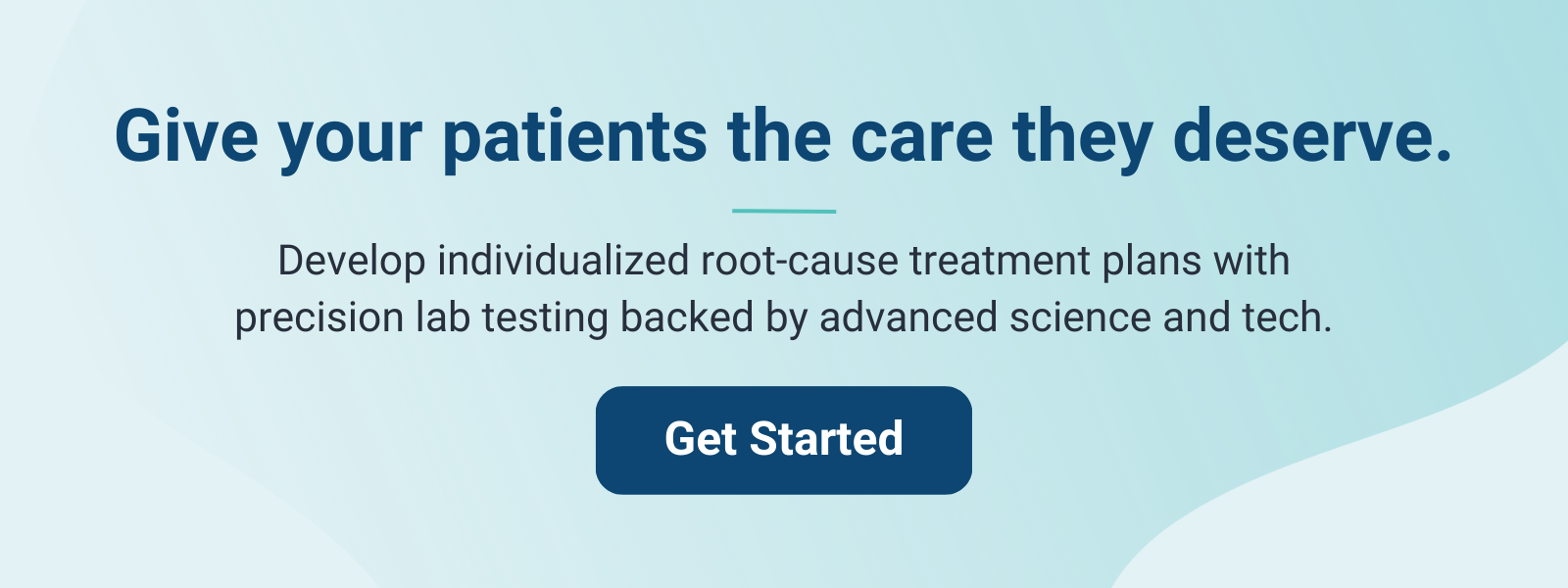
About the Author
Kate Motz, FDN-P, NBC-HWC, is a functional medicine practitioner and health detective dedicated to helping individuals uncover the root causes of their symptoms and take control of their health. Through science-backed insights, functional lab testing, and personalized guidance, she empowers people to make informed decisions and achieve lasting wellness.
As a mother of three, she understands the challenges of hormone imbalances, weight fluctuations, postpartum recovery, and the impact of stress—including navigating a difficult divorce. She has a special passion for supporting single mothers and enjoys working with children and teens, recognizing their remarkable ability to heal.
Her mission is to educate and equip individuals with the tools to interpret their body’s signals, address underlying imbalances, and build sustainable health—so they can move from frustration to confidence and thrive at every stage of life.
Regulatory Statement:
The information presented in case studies have been de-identified in accordance with the HIPAA Privacy protection.
The general wellness test intended uses relate to sustaining or offering general improvement to functions associated with a general state of health while making reference to diseases or conditions. This test has been laboratory developed and its performance characteristics determined by Vibrant America LLC and Vibrant Genomics, a CLIA-certified and CAP-accredited laboratory performing the test. The lab tests referenced have not been cleared or approved by the U.S. Food and Drug Administration (FDA). Although FDA does not currently clear or approve laboratory-developed tests in the U.S., certification of the laboratory is required under CLIA to ensure the quality and validity of the test.










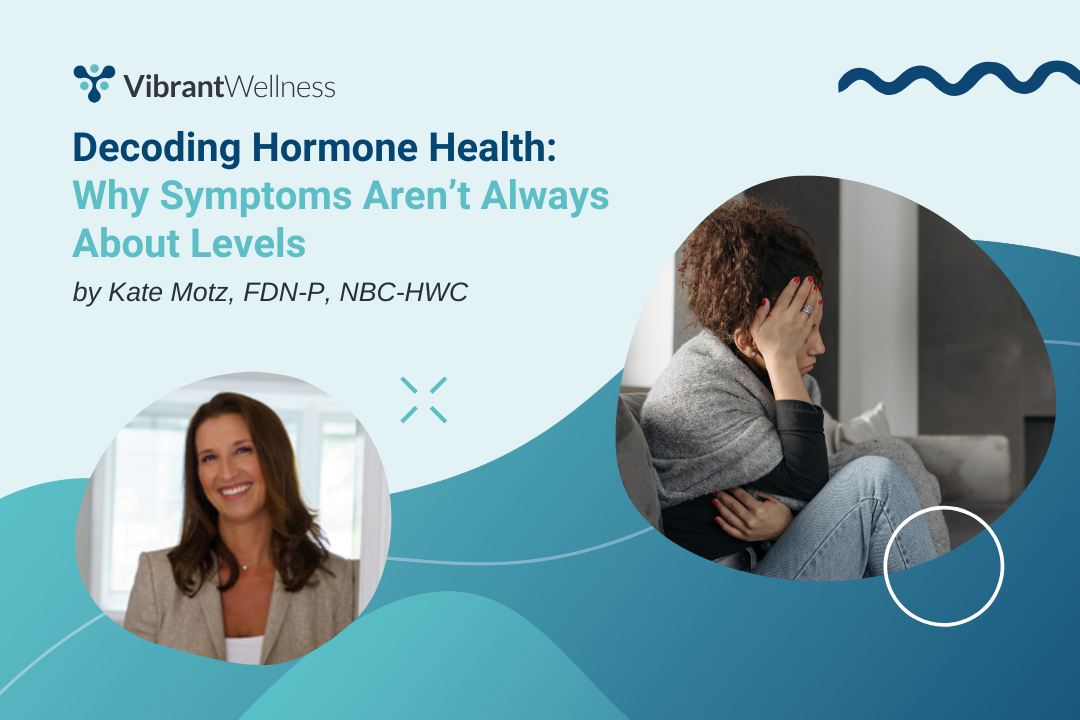
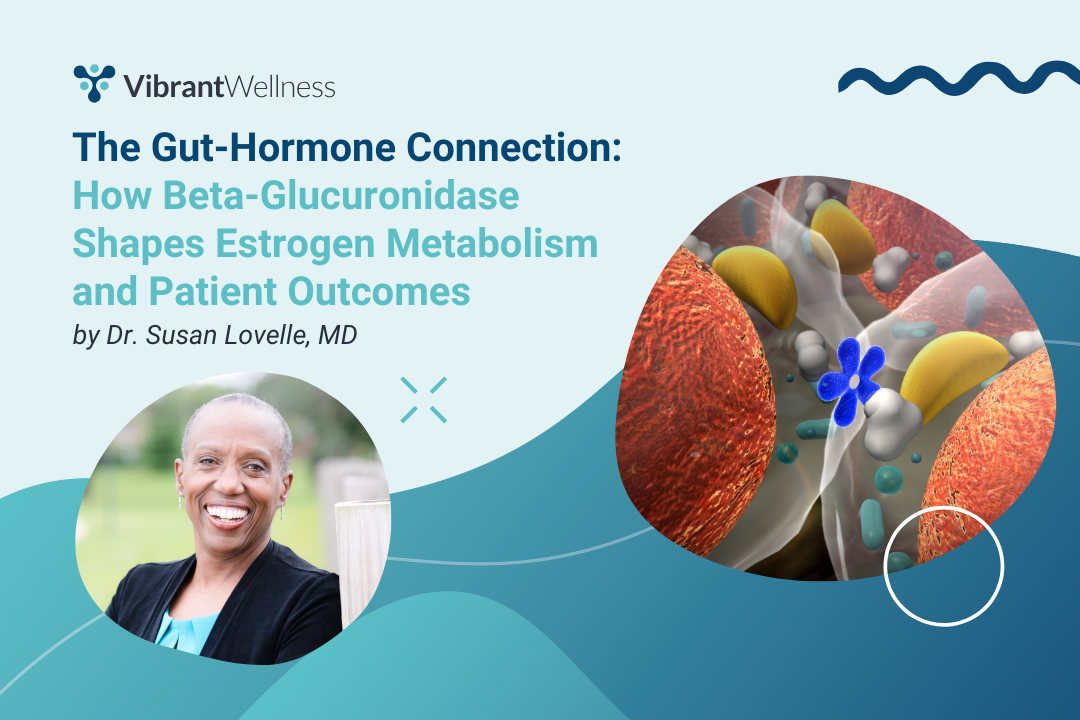

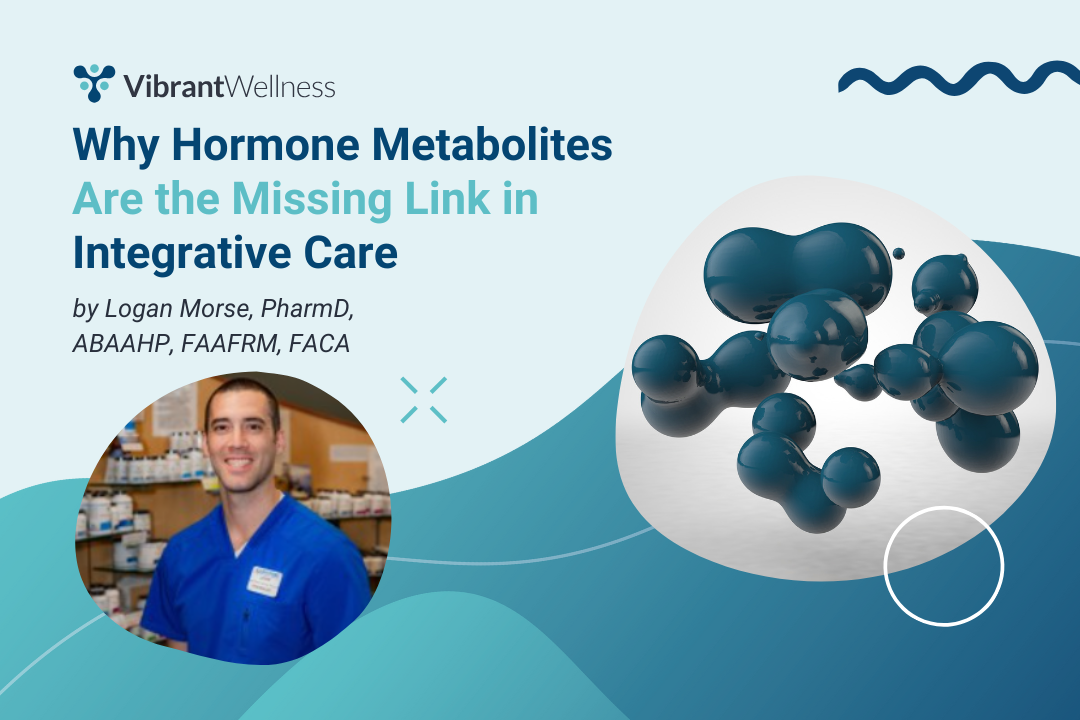
.png)